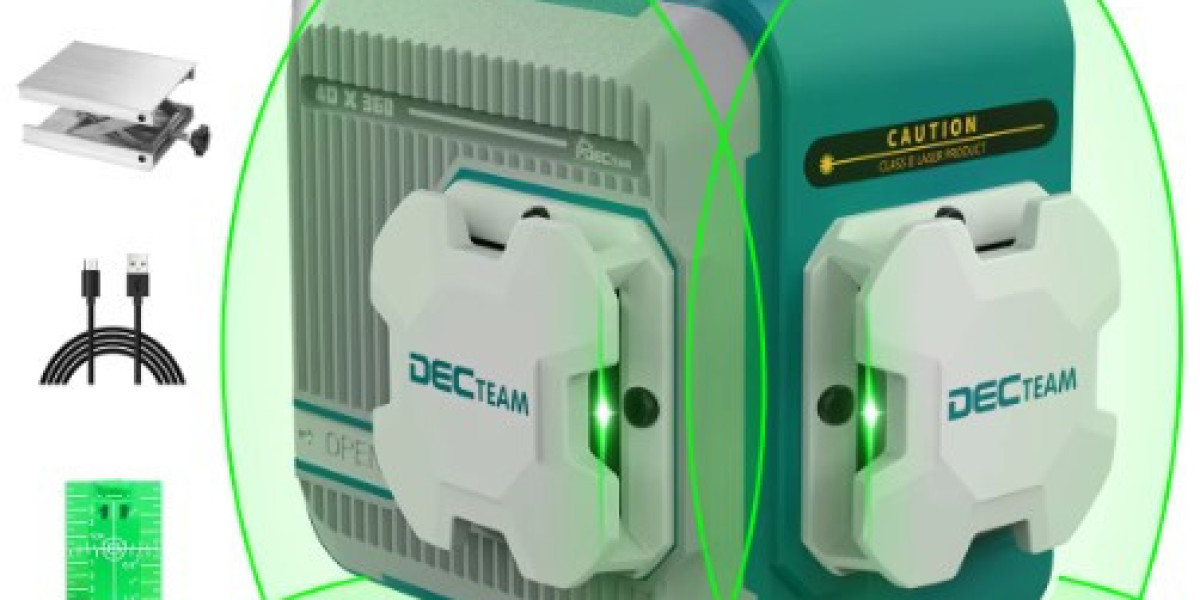The laser device has become a cornerstone of modern technology, finding applications across a wide range of fields, including medicine, telecommunications, manufacturing, and entertainment. As advancements in laser technology continue to evolve, the potential uses of laser devices expand, leading to innovative solutions and transformative changes in various industries. This article explores the historical development of laser devices, the underlying principles of how they work, their diverse applications, and future trends that are shaping the landscape of laser technology.
Historical Development of Laser Devices
To understand the current state of laser devices, it is essential to examine their historical context.
Invention of the Laser: The concept of the laser was first realized in 1960 when Theodore Maiman created the first working laser using a ruby crystal. This groundbreaking invention marked the beginning of a new era in technology, as the unique properties of lasers opened up numerous possibilities for applications.
Early Applications: Following the invention of the laser, initial applications were primarily in scientific research and telecommunications. The ability to generate coherent light made lasers ideal for various experiments and optical communication technologies.
Expansion into Medicine: By the 1970s, lasers began to find applications in the medical field. The development of laser surgery techniques revolutionized procedures, allowing for minimally invasive operations with reduced recovery times. This marked a significant milestone in the evolution of laser devices.
Industrial Applications: The 1980s and 1990s saw a surge in the use of laser devices in industrial applications, particularly in manufacturing processes such as cutting, welding, and engraving. The precision and speed of laser devices made them invaluable tools in various production environments.
Emergence of Consumer Laser Devices: As technology advanced, laser devices became more compact and affordable, leading to their incorporation into consumer products. Laser pointers, laser printers, and barcode scanners became commonplace, demonstrating the versatility of laser technology.
Principles of Laser Device Technology
Understanding the principles behind laser devices is crucial for appreciating their functionality and applications.
Laser Generation: A laser device generates light through a process called stimulated emission. This involves exciting atoms in a medium—such as a gas, liquid, or solid—so that they emit photons in a coherent manner. The emitted light is then amplified and focused into a beam.
Types of Lasers: There are several types of laser devices, including gas lasers, solid-state lasers, fiber lasers, and semiconductor lasers. Each type has distinct characteristics and uses, depending on the application requirements. For instance, fiber lasers are known for their efficiency and are often used in industrial cutting applications, while gas lasers, like CO2 lasers, are commonly used in medical and engraving applications.
Coherence and Monochromaticity: A defining feature of laser light is its coherence, meaning that the light waves are in phase and travel in the same direction. Additionally, laser light is typically monochromatic, consisting of a single wavelength. These properties allow laser devices to produce highly focused and precise beams.
Modulation and Control: Laser devices can be modulated to control the intensity, frequency, and duration of the emitted light. This capability is essential in applications such as communication, where varying the properties of the laser light allows for the transmission of data.
Applications of Laser Devices
The versatility of laser devices has led to their adoption in numerous fields, each leveraging the unique properties of lasers for various applications.
Medical Applications:
- Laser Surgery: Laser devices are widely used in surgical procedures, including ophthalmology, dermatology, and dentistry. Techniques such as LASIK eye surgery utilize lasers to reshape corneas with precision, improving vision without the need for traditional surgical methods.
- Therapeutic Uses: In addition to surgical applications, lasers are employed in therapies for various conditions, including tattoo removal, hair removal, and skin resurfacing. The ability of lasers to target specific tissues while minimizing damage to surrounding areas makes them highly effective in these treatments.
Industrial Applications:
- Cutting and Welding: Laser devices are extensively used in manufacturing for cutting and welding materials, providing high precision and speed. Industries such as automotive and aerospace rely on laser cutting for producing complex parts and components.
- Engraving and Marking: Lasers are used for engraving and marking materials, such as metals, plastics, and glass. This application is particularly popular in the production of labels, signage, and decorative items.
Telecommunications:
- Optical Fiber Communication: Laser devices are fundamental to modern telecommunications, with fiber optic systems relying on lasers to transmit data over long distances. The ability to send information as light pulses through optical fibers has revolutionized communication, enabling high-speed internet and data transfer.
Scientific Research:
- Spectroscopy: Lasers are commonly used in spectroscopy, a technique for analyzing materials by measuring their interaction with light. This application is crucial in fields such as chemistry, physics, and environmental science, where understanding material properties is essential.
- Laser Interferometry: Laser devices play a key role in interferometry, a technique used to measure small distances and changes in physical properties with high precision. This application is vital in fields such as metrology and gravitational wave detection.
Entertainment and Lighting:
- Laser Shows: Laser devices are popular in the entertainment industry for creating stunning light shows and visual effects. Concerts, festivals, and events often incorporate lasers to enhance the audience experience.
- Laser Projectors: In the realm of visual display, laser projectors are increasingly used for their ability to produce bright and vibrant images. These devices are employed in cinemas, theaters, and home entertainment systems.
Innovations and Future Trends in Laser Devices
The field of laser technology is continually evolving, with several trends and innovations shaping its future.
Miniaturization and Portability: The trend towards miniaturization has led to the development of compact laser devices that maintain high performance while being easier to integrate into various applications. This shift is particularly relevant in medical and consumer devices, where portability is essential.
Advanced Materials and Coatings: Innovations in materials science are leading to the creation of new laser devices with enhanced performance characteristics. For example, advancements in optical coatings can improve the efficiency and durability of laser systems.
Integration with Artificial Intelligence: The incorporation of artificial intelligence (AI) into laser devices is expected to enhance their capabilities. AI can improve the precision of laser applications by enabling adaptive control based on real-time feedback, optimizing processes in manufacturing, healthcare, and beyond.
Sustainability Initiatives: As industries increasingly prioritize sustainability, laser devices align well with these goals. The efficiency of lasers can contribute to reduced waste and energy consumption, making them attractive options for environmentally conscious manufacturers.
Emerging Applications: Ongoing research and development are likely to lead to new and innovative applications for laser devices. Fields such as materials science, quantum computing, and renewable energy may see significant advancements driven by laser technology.
Challenges Facing Laser Device Technology
While the advancements in laser devices are promising, there are several challenges that need to be addressed.
Cost of Development: The initial costs associated with developing high-performance laser devices can be significant. This can pose a barrier for smaller companies looking to adopt cutting-edge laser technology.
Training and Expertise: Effective use of laser devices requires skilled personnel who understand the intricacies of laser operation and safety. Ensuring that operators receive adequate training is crucial for successful implementation.
Regulatory Compliance: As with any advanced technology, compliance with safety and environmental regulations is essential. Operators must navigate these regulations to ensure that their use of laser devices aligns with legal requirements.
Material Limitations: Different materials respond uniquely to laser applications. Understanding how various materials interact with laser light is critical for achieving the desired outcomes, and this requires ongoing research and development.
Conclusion
The laser device has become a vital component of modern technology, with applications spanning various industries. Its historical development, operational principles, diverse applications, and continuous innovations demonstrate the profound impact of laser technology on contemporary society.
As advancements in laser devices continue to emerge, their role in shaping the future of medicine, manufacturing, telecommunications, and entertainment will only grow. By understanding the principles and trends associated with laser devices, industries can harness the benefits of this technology to enhance productivity, quality, and innovation in their operations.
In summary, the ongoing evolution of laser technology promises to drive significant changes across diverse sectors, positioning laser devices as essential tools in achieving precision, efficiency, and sustainability in various applications. As research and development continue to expand the capabilities of laser devices, their potential for transformative impact remains vast and exciting.








